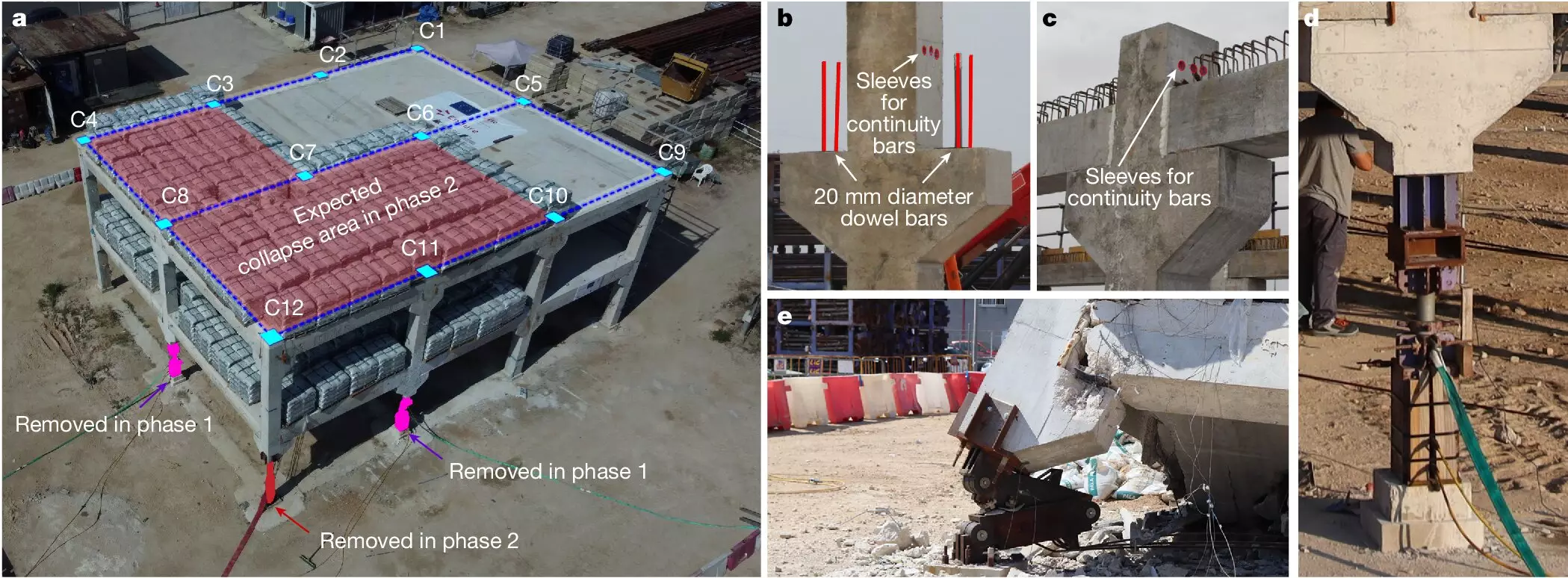Current building design methods have traditionally focused on enhancing the connectivity between various components of a structure. This connectivity allows for the redistribution of loads in the event of component failure, thereby preventing complete structural collapse. However, while these methods may be effective in the case of small initial failures, they can pose a risk of progressive collapse after significant failures, leading to catastrophic incidents such as the collapse of the Champlain Towers, a building in Peñíscola in 2021, and a structure in the Iranian city of Abadan in 2022.
These incidents underscore the limitations of conventional design approaches in preventing the spread of failures throughout a building. The aftermath of such collapses not only results in tragic loss of life but also entails substantial economic losses. It is evident that a novel approach is required to address these challenges and ensure the resilience of buildings against potential catastrophic events.
An innovative design method developed by the ICITECH-UPV (Universitat Politècnica de València) offers a groundbreaking solution to overcome the shortcomings of traditional practices. This new methodology, as detailed in a publication in the journal Nature, introduces the concept of fuse-based segmentation to prevent catastrophic building collapses.
Central to the proposed design method is the utilization of structural fuses, which serve to isolate damaged sections of a building and curtail the spread of failures. The analogy drawn by the researchers likens this approach to safeguarding an electrical system with fuses that prevent overloads. By ensuring structural continuity under normal conditions and segmentation when failure propagation is imminent, this method minimizes damages and averts total collapse.
One of the key advantages of this new design method is its cost-effectiveness and practicality. According to the researchers, the implementation of this approach would have minimal impact on the overall cost of a structure, as it leverages standard construction materials and techniques. Moreover, the method has been validated through a real-scale building test, affirming its efficacy in preventing collapse propagation.
As the development of this innovative design method progresses, the researchers aim to extend its applicability to buildings constructed with in-situ concrete and steel. The success of this approach marks a significant milestone in the field of building resilience and underscores the importance of continuous innovation in structural design.
The emergence of the fuse-based segmentation design method represents a paradigm shift in the approach to building design and safety. By providing a robust framework to prevent catastrophic collapses, this methodology stands at the forefront of efforts to safeguard human lives and minimize the impact of structural failures. As the research community continues to refine and expand upon these concepts, the future of building design looks increasingly promising and resilient.


Leave a Reply
You must be logged in to post a comment.